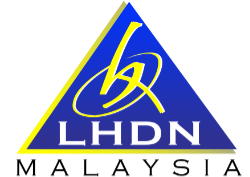3.1 Methodologies used in determining arm's length price
The following methodologies can be used in determining arm's length price:
- Comparable uncontrolled price method
- Resale price method
- Cost plus method
- Profit split method
- Transactional net margin method
The first three methods are commonly known as "traditional transactional methods". Although the taxpayer is given the right to choose any method, the emphasis should be on arriving at an arm's length price. It is advised that methods (iv) and (v), commonly referred to as "transactional profit methods", be used only when traditional transactional methods cannot be reliably applied or exceptionally cannot be applied at all. This will depend heavily on the availability of comparable data. The method that requires the fewest adjustments and provides the most reliable measure of an arm's length result is preferred by the IRBM as this will reduce the scope and nature of future disputes. Therefore, in deciding the most appropriate method, the following must be considered:
- The nature of the controlled transaction, determined by conducting a functional analysis,
- The degree of actual comparability when making comparisons with transactions between independent parties;
- The completeness and accuracy of data in respect of the uncontrolled transaction;
- The reliability of any assumptions made; and
- The degree to which the adjustments are affected if the data is inaccurate or the assumptions incorrect.
Where both the traditional transactional method and transactional profit method cannot be applied at all, the Director General may allow the application of other methods provided the prices arrived at is in accordance with the arm's length principle.
